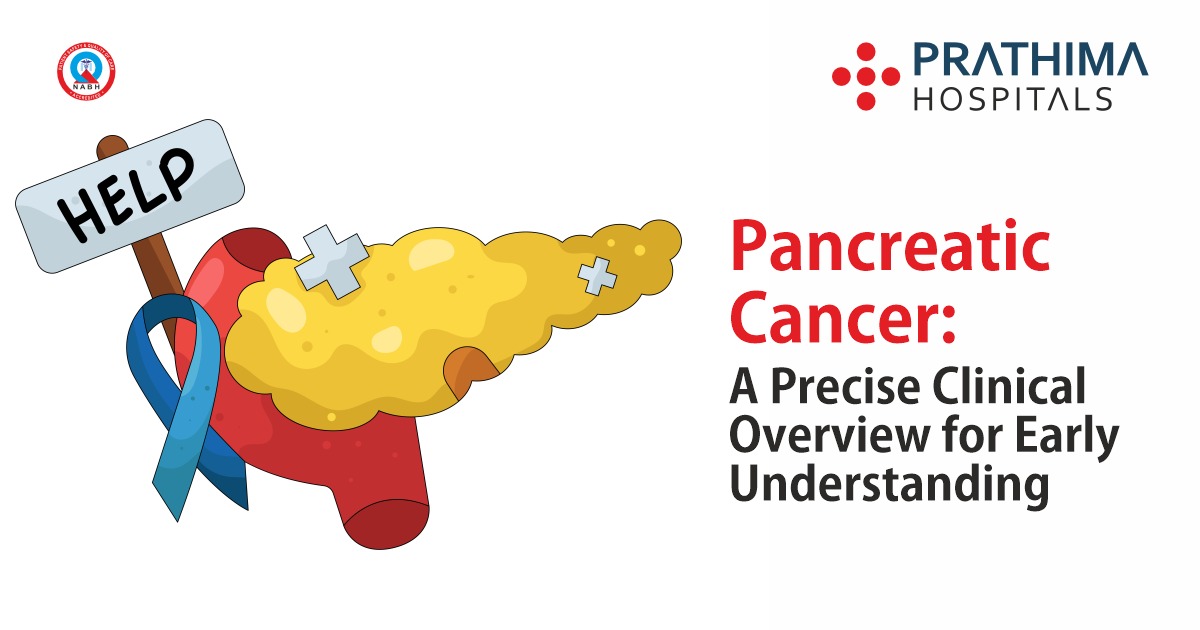What are the causes for Urinary Tract Infections ?

Know more about Urinary Tract Infections
Introduction:
Urinary tract infections {UTIs} are a typical condition that affects millions of people every year. They can cause discomfort and pain, and if left untreated, they can lead to serious complications. In this article, we will explore the causes, symptoms, diagnosis, treatment, and prevention of UTIs.
What is a Urinary Tract Infection (UTI)?
Any part of the urinary system can be affected by a urinary tract infection (UTI), including the kidneys, bladder, ureters, and urethra. Gynaecologist in Hyderabad says most UTIs occur in the lower urinary tract, which includes the bladder and urethra. Women are more likely to develop Urinary Tract Infections than men, and they often occur in sexually active women.
Causes of UTI:
Viruses and bacteria enter the urinary tract to cause urinary tract infections. Escherichia coli (E. coli), a type of bacteria present in the intestinal tract, is the most frequent type of bacteria that causes Urinary Tract Infections. The bacteria Klebsiella, Proteus, Pseudomonas, and Enterococcus are also capable of causing Urinary Tract Infections.
Risk Factors for UTI:
Certain aspects can raise the risk of producing a Urinary Tract Infections these include:
· Being female
· Being sexually active
· Using spermicides or diaphragms
· Having a history of UTIs
· Being pregnant
· Having diabetes
· Having a weakened immune system
· Having a urinary catheter
· Having an abnormal urinary tract structure
· Having a jam in the urinary tract, such as a renal stone
Symptoms of UTI:
The signs of UTI can vary relying on which portion of the urinary tract is affected. In general, the symptoms of UTI include:
· A strong, persistent urge to urinate
· A burning sensation when urinating
· Passing frequent, small amounts of urine
· Cloudy or strong-smelling urine
· Pain in the lower abdomen (or) back
· Fever or chills (in cases of kidney infection)
Diagnosis of UTI:
To diagnose a UTI, your Gynaecologist in Kukatpally will likely ask about your symptoms and medical history. They may also perform a physical exam and order one or more tests, including:
Urine analysis: This test checks for the presence of bacteria and white blood cells in the urine.
Urine culture: This test identifies the specific bacteria causing the infection and helps determine which antibiotics will be most effective.
Imaging tests: These tests may be used to look for abnormalities in the urinary tract, such as kidney stones or structural abnormalities.
Treatment of UTI at Gynaecologist in Kachiguda:
A course of antibiotics is frequently used to treat UTIs to eradicate the bacterium that is the source of the infection. The kind of bacteria causing the infection and its severity will determine the precise antibiotic that is recommended. Painkillers may occasionally also be prescribed to help with discomfort and pain relief.
Prevention of UTI:
There are different ways, where you can control to reduce your risk of developing a UTI. They are:
Drink plenty of water: Consuming enough water enables the flush of bacteria out of the urinary tract.
Practice good hygiene: After using the bathroom, wipe from front to back to prevent transferring bacteria from the anus to the urethra. Douching should also be avoided by women as it might disturb the normal bacterial balance in the vagina and raise the risk of UTI.
Urinate after intimacy: Urinating after intercourse helps flush bacteria out of the urinary tract and reduces the risk of UTI.
Avoid using spermicides or diaphragms: These can increase the risk of UTI by disrupting the natural balance of bacteria in the vagina.
Wear cotton underwear: Cotton underwear is more breathable than synthetic fabrics, which can reduce the risk of UTI.
Avoid Holding Urine: Holding urine for long periods can increase the risk of UTI by allowing bacteria to multiply in the urinary tract.
In addition to these preventative measures, certain dietary and lifestyle factors may also help reduce the risk of UTI. These include:
Avoiding alcohol & caffeine: Both alcohol and caffeine can irritate the bladder & increase the risk of UTI.
Eating a healthy diet: A diet rich in fruits, vegetables, whole grains, and lean protein can help boost the immune system and reduce the risk of UTI.
Taking probiotics: Probiotics, which are live bacteria and yeasts that are beneficial to the body, may help maintain a healthy balance of bacteria in the urinary tract and reduce the risk of UTI.
Complications of UTI:
While UTIs are generally considered to be a minor inconvenience, they can lead to serious complications if left untreated. Some of the potential complications of UTI include:
Kidney damage: If the infection spreads to the kidneys, it can cause permanent kidney damage.
Sepsis: In rare cases, UTI can lead to sepsis, a life-threatening condition that occurs when the body’s immune system goes into overdrive in response to an infection.
Pregnancy complications: UTI during pregnancy can increase the risk of preterm labour and low birth weight.
When to See a Doctor:
If you experience any of the symptoms of UTI, it’s important to see a Gynaecologist in Kukatpally, as soon as possible. UTI can be easily treated with antibiotics, but if left untreated, it can lead to serious complications. You should also see a doctor if you have recurring UTIs, as this may be a sign of an underlying medical condition.
Conclusion:
Urinary tract infections are a common condition that can cause discomfort and pain. They are caused by bacteria that enter the urinary tract, and they are more common in women than men. The symptoms of UTI include a strong, persistent urge to urinate, a burning sensation when urinating, passing frequent, small amounts of urine, cloudy or strong-smelling urine, and pain or pressure in the lower abdomen or back. The treatment for UTI typically involves a course of antibiotics, and preventative measures can be taken to reduce the risk of UTI. If you experience any of the symptoms of UTI, it’s important to see a doctor as soon as possible to prevent complications.






Warning: Undefined variable $req in /home/u885608126/domains/prathimahospitals.com/public_html/wp-content/themes/prathimahospitals/functions.php on line 294
Warning: Undefined variable $commenter in /home/u885608126/domains/prathimahospitals.com/public_html/wp-content/themes/prathimahospitals/functions.php on line 295
Warning: Trying to access array offset on value of type null in /home/u885608126/domains/prathimahospitals.com/public_html/wp-content/themes/prathimahospitals/functions.php on line 295
Warning: Undefined variable $aria_req in /home/u885608126/domains/prathimahospitals.com/public_html/wp-content/themes/prathimahospitals/functions.php on line 295
Warning: Undefined variable $req in /home/u885608126/domains/prathimahospitals.com/public_html/wp-content/themes/prathimahospitals/functions.php on line 298
Warning: Undefined variable $commenter in /home/u885608126/domains/prathimahospitals.com/public_html/wp-content/themes/prathimahospitals/functions.php on line 299
Warning: Trying to access array offset on value of type null in /home/u885608126/domains/prathimahospitals.com/public_html/wp-content/themes/prathimahospitals/functions.php on line 299
Warning: Undefined variable $aria_req in /home/u885608126/domains/prathimahospitals.com/public_html/wp-content/themes/prathimahospitals/functions.php on line 300
Warning: Undefined variable $commenter in /home/u885608126/domains/prathimahospitals.com/public_html/wp-content/themes/prathimahospitals/functions.php on line 303
Warning: Trying to access array offset on value of type null in /home/u885608126/domains/prathimahospitals.com/public_html/wp-content/themes/prathimahospitals/functions.php on line 303